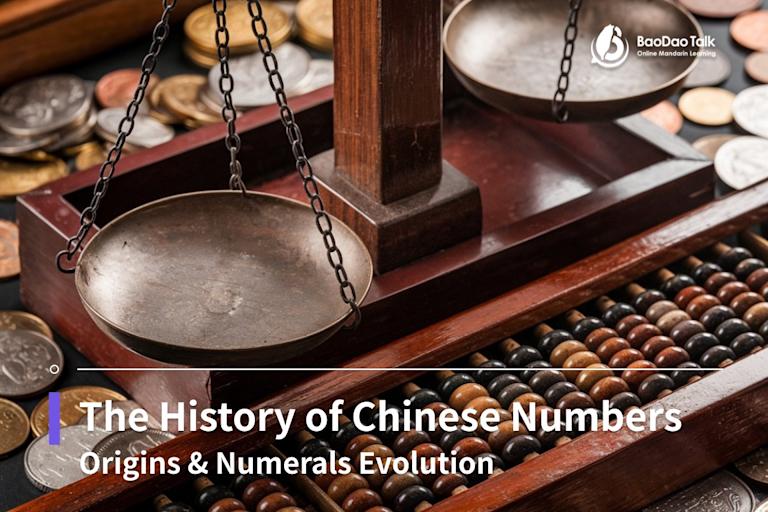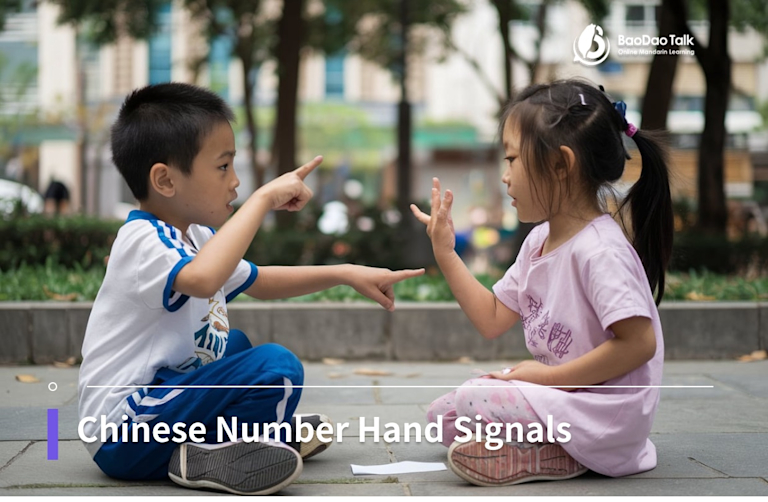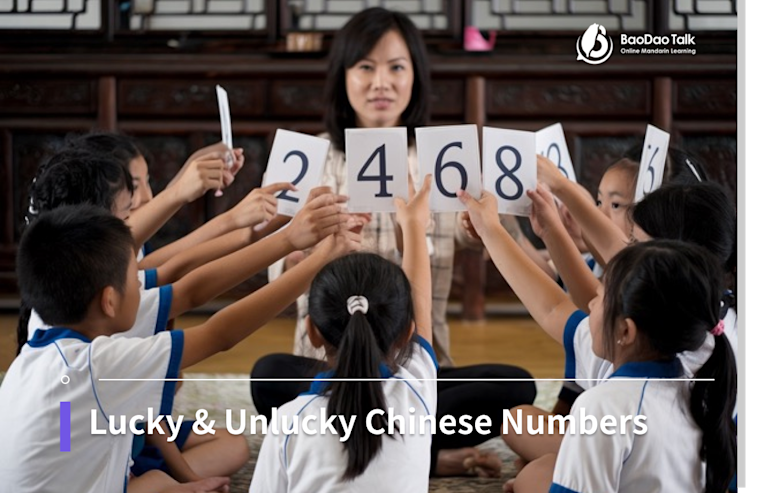BaoDao Talk Blog
2024-10-08updated
The Chinese Abacus Explained: Counting, Multiplication & More
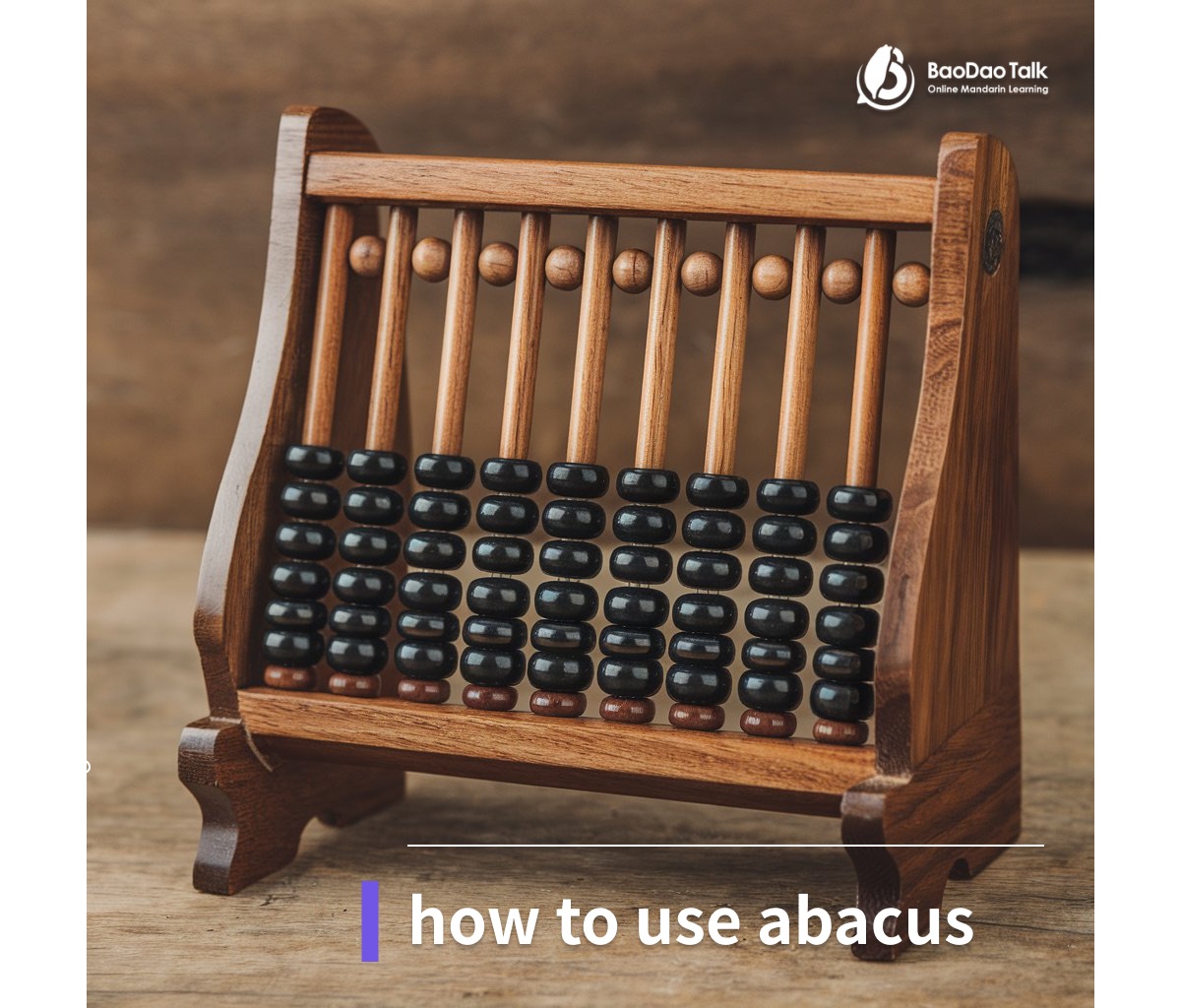
# Learning Mandarin
Learn the basics of using an abacus, its cultural significance, and why this ancient tool still plays a role in education for arithmetic operations.
Quick Navigation
An abacus is a manual tool used for arithmetic calculations, widely recognized for its historical significance in various cultures, particularly in East Asia. Dating back thousands of years, the abacus has been an integral part of commerce and education, with its origins unclear but believed to be shared among multiple civilizations, including China, India, and ancient Greece.
Though calculators and digital devices have largely replaced the abacus in modern times, it remains a functional, hands-on learning tool for basic arithmetic operations like addition, subtraction, multiplication, and division. The Chinese abacus, known as suanpan, is still used in some rural areas and by older generations, where its use is quick and efficient.
Basic Counting on an Abacus
The abacus is a rectangular frame divided into two parts by a horizontal beam. Each vertical rod within the frame holds beads divided into two sections: the upper deck and the lower deck. The heaven beads (usually two per rod in the upper deck) represent the value of 5, while the earth beads (typically five per rod in the lower deck) represent the value of 1.
How to Use an Abacus
- Orient it flat on a surface with the upper deck at the top.
- Push all the beads away from the center beam to begin with zero.
- To represent a number, move the beads towards the center. For example, to represent the number 7, move one heaven bead (representing 5) and two earth beads (representing 2) towards the center on the same rod.
The abacus functions similarly to modern place-value systems, with rods representing ones, tens, hundreds, etc.
Simple Addition and Subtraction on an Abacus
When performing addition, start by inputting your first number using the beads. For example, to add 75 and 25:
- Input 75 is made by moving one heaven bead, two earth beads on the tens rod, and one heaven bead on the one's rod.
- To add 25, move two earth beads on the tens rod and one heaven bead on the one's rod.
- Once the addition reaches or exceeds 10 in any column, the excess is carried to the next column.
For subtraction, the process is similar but reversed, where beads are moved away from the center. Suppose borrowing is necessary (e.g., subtracting a more significant number from a smaller one in a specific place value). In that case, you adjust the beads in the higher place value, as done in standard borrowing methods in long subtraction.
How to Multiply by Using an Abacus
You can break down the process into simple steps to perform multiplication on an abacus. Here's how you can multiply numbers like 34 and 12:
- Record the numbers: Start by setting up the abacus to represent the multiplicand (34) and the multiplier (12). Assign columns from left to right as follows:
- The first two columns represent 34.
- Leave one column blank to represent the multiplication sign ("X").
- Use the next two columns to represent 12.
- Leave a few columns blank to the right to calculate the product.
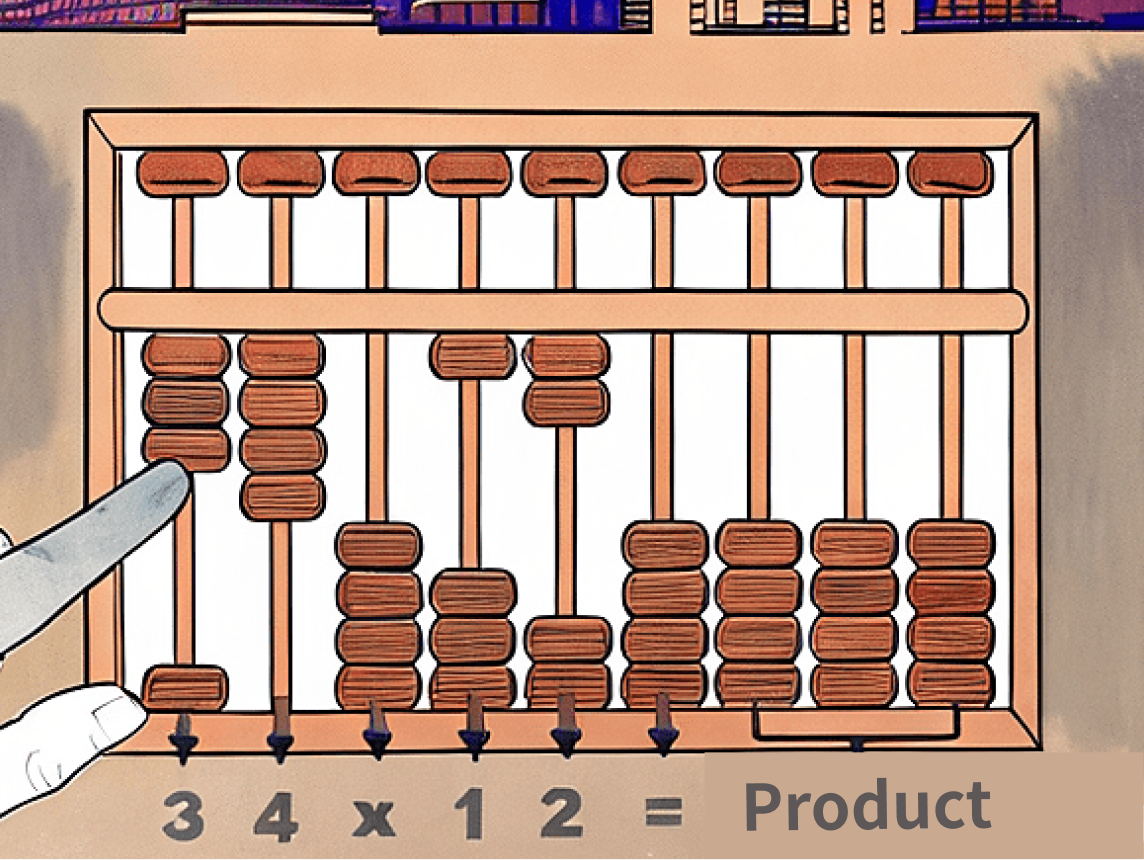
- You should have 3 beads moved in the farthest left column, 4 beads in the next left column, and on the right side, 1 bead in one column and 2 beads in the next.
- Multiply across columns: The process involves multiplying across alternating columns, starting with the leftmost digits of both numbers and moving right.
- First, multiply 3 (from 34) by 1 (from 12) and record the product in the seventh column (this is your answer column).
- Then, multiply 3 by 2 and record the product in the next column.
- Next, multiply 4 by 1 and add that to the result in the appropriate column.
- Finally, multiply 4 by 2 and record the product.
- Add up and carry over: Add up the products in the answer columns and carry over any necessary values. The final answer of multiplying 34 by 12 will be 408, as recorded on the abacus.
How to Divide by Using an Abacus
To divide using an abacus, follow these steps. For example, if dividing 34 by 2:
- Set up the divisor and dividend:
- Place the divisor (2) in the leftmost column by moving two beads up.
- Leave a couple of blank columns for clarity, then place the dividend (34) to the right of the blank columns. In this case, move three beads up in the fourth column and four beads up in the fifth column.
- Leave more columns to the right to display the quotient.

- Calculate the quotient:
- Divide the first digit of the dividend (3) by the divisor (2). Two goes into 3 once, so record 1 in the first blank column to the right of the divisor. This is your quotient.
- Subtract 2 (the product of the quotient and divisor) from 3. The remainder is 1. Now, combine the remainder with the next digit (4) to form 14.
- Continue dividing:
- Now divide 14 by 2. Two goes into 14 seven times, so move 7 beads up in the next column for the quotient.
- Subtract 14 from 14, which leaves no remainder.
- Result:
- The quotient is recorded as 17, which is the final answer for 34 divided by 2.

Take Your Chinese Number Knowledge to the Next Level Now
Discover the unique and engaging way to learn Chinese with the combination of Chinese numbers and the abacus. Through hands-on activities, you'll not only master counting and multiplication using the abacus but also deepen your understanding of Chinese culture and language.
Ready to unlock more secrets of Chinese culture and elevate your language skills? If you’re interested in learning more about festivals, idioms, and cultural symbols, join BaoDao Talk today for immersive, interactive courses taught by expert native-speaking tutors. Our platform offers structured lessons, personalized support, and engaging features like stroke order animation demos and quiz modes. Discover the rich cultural significance behind hand gestures and take your Mandarin language learning to the next level. Visit BaoDao Talk now and embark on a fascinating journey of cultural discovery and linguistic mastery!
Share to:



